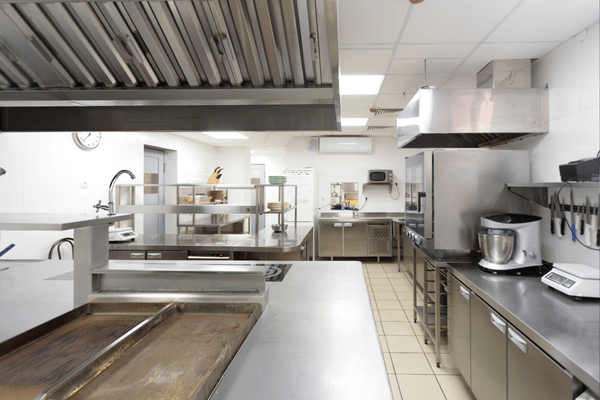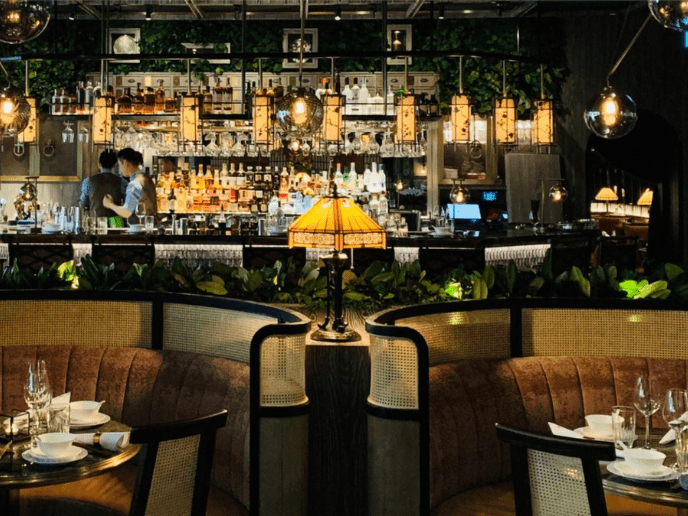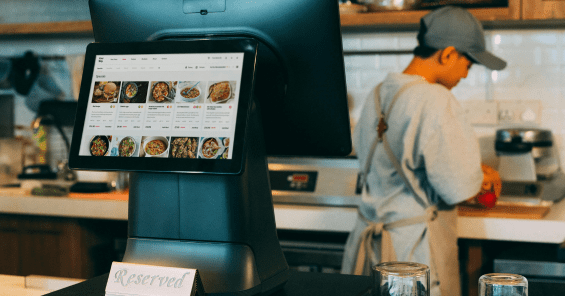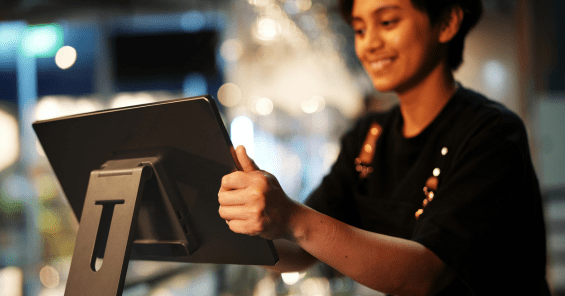

Commercial Restaurant Kitchen Equipment Checklist
The back-of-house equipment in your restaurant will make or break your business. Read about the factors to consider before purchasing restaurant kitchen equipment!
The countdown to your restaurant’s grand opening has begun. You found the perfect property in your ideal location and it was reasonably priced. Or perhaps you’re reopening and you’ve decided to retool your existing operation to follow current marketing, employment, and equipment trends. Whether it’s going to be a sit-down restaurant, takeout, or a ghost kitchen, you’re going to need the right equipment to help you.Getting a restaurant off the ground takes money. A lot of money. According to Total Food Service, new restaurants spend an average of $115,655 on kitchen and bar equipment alone. The global commercial cooking equipment market size was valued at $10.7 billion in 2019, and is projected to reach $12.9 billion by 2027, according to Allied Market Research.
Five Profit-Impacting Trends Shaping the Restaurant Industry in 2023
🔓 Unlock the secrets to restaurant success with actionable strategies for optimizing operations, maximizing profits, and building a loyal customer base.

Remember, while you may be eager to make a splash with your front-of-house décor and your signature dishes in your carefully crafted menu, it’s the BOH equipment that will make or break your business. What are the factors to consider before purchasing restaurant kitchen equipment?
Kitchen Equipment by Category
There’s a laundry list of items you’ll need for efficient BOH operations. Let’s start with some basics.
Refrigeration
First off, you’ll need a walk-in cooler as well as a freezer. Whether you purchase new or used, be sure they are equipped with automatic door closures. Use LED bulbs for lower electricity usage, as well. Because restaurants use three to five times more energy than any other commercial entity, you’ll want to conserve electricity everywhere you can.
Next on the list is an ice machine. Older ice makers are not only energy-inefficient, but water hogs. When shopping for an ice maker, be sure that it is ENERGY STAR compliant. If possible, purchase one that is air-cooled, as opposed to water-cooled. This simple measure will save you tens of thousands of gallons of water every year.
Cooking
Depending on the type of food you’re going to serve, you may need one or more of the following:
- Grills
- Ranges
- Cooktops
- Convection ovens
- Microwaves
This is another area where you can boost your profitability by cutting costs. Ovens and broilers consume the most energy, and you know what that means: higher electric bills. Convection ovens use less energy. If you require broilers, cut energy costs even further by putting processes in place to reduce idle time, and turning broilers off when not in use.
Cleaning
The meal is done and dirty dishes have returned to the kitchen. High-efficiency dishwashers will do the trick. Again, you need to conserve where you can. And with dishwashers, it’s not only electricity but water consumption.
Other notes on appliances
Before you start buying appliances, make sure you know how much space you have and where they’re going to go, advises Total Food Service. “Although the big refrigeration unit you’re considering is a great choice and may even be within your budget, will it fit in your restaurant’s kitchen?”
And should you buy new or used appliances? There’s advantages and disadvantages to each, according to Total Food Service. “You may save money by buying second hand appliances, but they may not come with a guarantee.” New equipment is also more likely to come with up-to-date features such as wireless control, automated monitoring, and improved sustainability.
While you’re at it, be sure to set up a regular maintenance schedule to keep your new-to-you equipment running smoothly, promoting food safety, and lasting for years to come. Read the manuals and follow their guidelines for cleaning, sanitizing, and regular checkups.
The Equipment You Need for Food Prep and Cooking
Now that you’ve ticked off the larger purchases from your list, let’s take a look at the fourth category: food preparation and cooking equipment. While these may not be as expensive as the big-ticket appliances, they’re just as important. They include
- Cooking and Kitchen Equipment: griddles, fryers, pasta cookers, immersion cookers, steamers, condensation hoods, heat lamps, soda fountains, blenders, toasters, and espresso machines
- Food Storage and Work Surfaces: countertop warmers, dry goods storage, cold food tables, steam tables, and prep tables
- Cookware and More: pots and pans, cooking utensils, kitchen smallware, and foodservice tools
A smart move is to figure out how many cooking stations you’ll have and what duties will be performed at each one, and then decide from there what equipment you’ll need, according to Total Food Service. “On the prep station, how many cutting boards will you require? On the hotline, how many sauté pans will be required? To minimize confusion or shortage in the kitchen during service hours, count the number of knives needed, kitchen towels, mixing bowls, deep frying equipment, and other similar gadgets that are used regularly before purchasing.”
And while there are advantages and disadvantages to buying used cooking appliances, one way to save money on equipping your restaurant kitchen is to buy used prep and cooking equipment, according to The Balance Small Business. “Restaurant auctions are a great place to find commercial kitchen equipment for pennies on the dollar,” it notes. “They can be especially helpful for picking up small items like dishware, flatware, bread baskets, condiment containers, and serving utensils.” Other sources for used equipment include directly from restaurant owners going out of business, nonprofit resale stores such as Goodwill, and even sites like Craigslist, according to Camino Financial.
Food Service Kitchen Equipment: Don't Forget the Tech
No restaurant is complete without technology. Key to your front of house operations will be a POS system.
Don’t stop there. The right restaurant management software software will not only improve efficiency but help fast-track your long-term profitability.
- Inventory management: track inventory with real-time statuses and alerts
- Purchasing and order management: place orders, check statuses and manage vendors
- Cookbook software: ensure meals are prepared consistently
- Recipe costing software: stay on top of your budget with a breakdown of each dish on your menu
- Vendor payments: gain better inventory control and improve cash flow
- Accounting software: update inventory and track price changes and credits for more efficient and accurate recordkeeping
Now that you’re armed with a well-thought-out shopping list, you can plan opening day with ease, confidence, and a profitable head start.

MarketMan's restaurant management software gives you the power to automate inventory tasks, control food costs, and optimize back-of-house operations. It eliminates manual work and offers restaurateurs advanced insights for strategic decision-making. Boost your efficiency, reduce waste, and take the stress out of restaurant inventory management. Book a demo today to discover how MarketMan can transform your restaurant!
Author
Contributors
If you have any questions or need help, feel free to reach out
Don't miss out on maximizing your restaurant's profits! Calculate your ROI with MarketMan
Join over 18,000 restaurants and get the hottest restaurant tips delivered to your inbox
You may also be interested in
Ready to get started?
Talk to a restaurant expert today and learn how MarketMan can help your business






